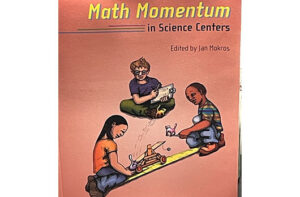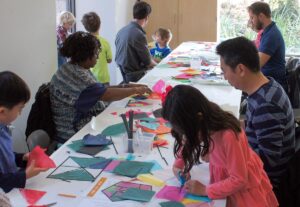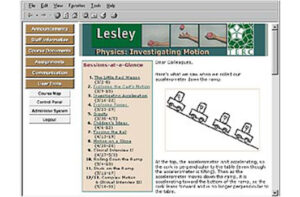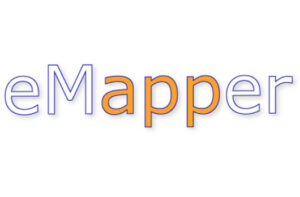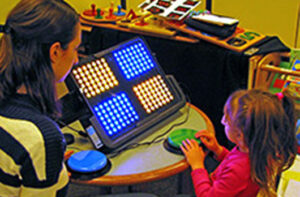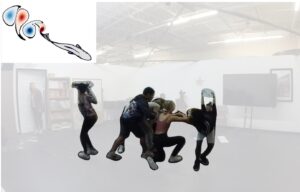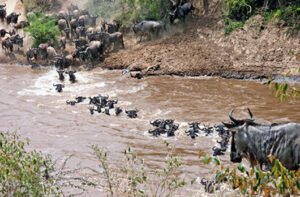Measure Lines
Sally Crissman
Science and Children, Vol. 048 No. 05
Summary
Data are at the heart of science. Within data lies evidence that can be used to support a claim; anchor a discussion or debate; and ultimately, answer scientific investigation questions. A challenge for educators is finding ways to help young children make sense of data in the science classroom. Children typically begin working with data during math activities. They learn to collect, organize, and represent information. They are introduced to some conventional representations used in science, such as Venn diagrams, bar graphs, and line plots. Despite this prior experience working with data, students often need plenty of time to review data literacy concepts and skills when they are asked to apply them in the context of a science investigation. Science “ups the ante” as data are essential for finding answers to questions—the evidence is in the data!
One tool for enhancing students’ work with data in the science classroom is the measure line. As a coteacher and curriculum developer for The Inquiry Project, I have seen how measure lines—a number line in which the numbers refer to units of measure—help students not only represent data but also analyze it in ways that generate scientific questions and greater understanding of key science concepts. The Inquiry Project, led by TERC, an education research organization in Cambridge, Massachusetts, and Tufts University, engages children in grades 3–5 in science inquiry about the nature of matter. To illustrate how measure lines are used in the project, let’s first visit a third-grade classroom as the students begin to investigate how good their hands are at sensing weight.



